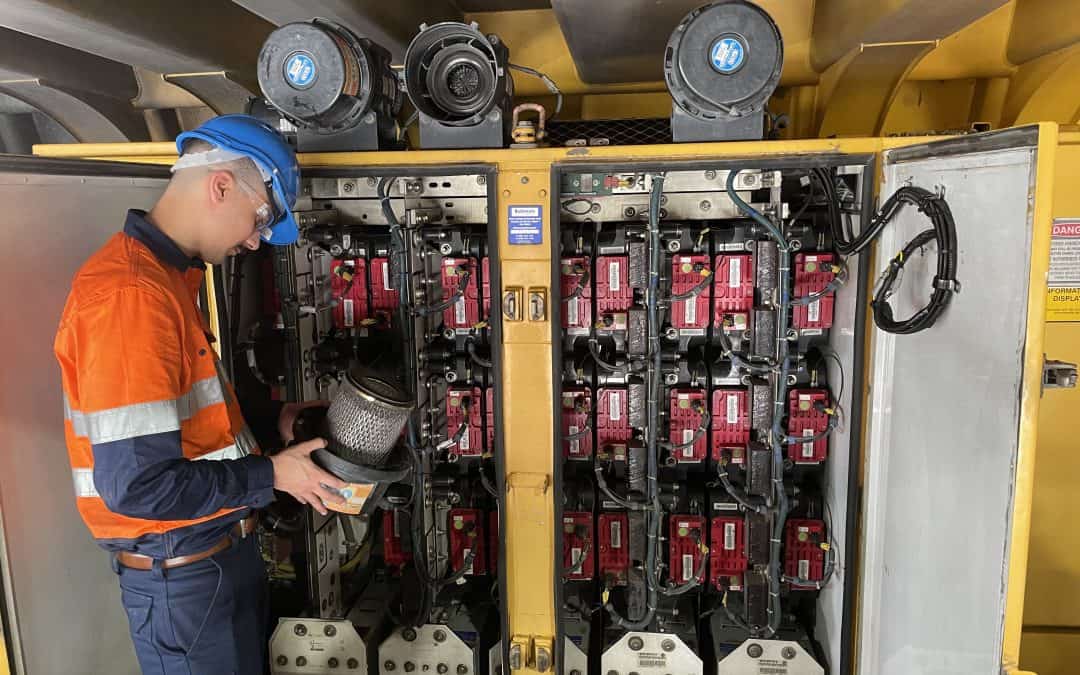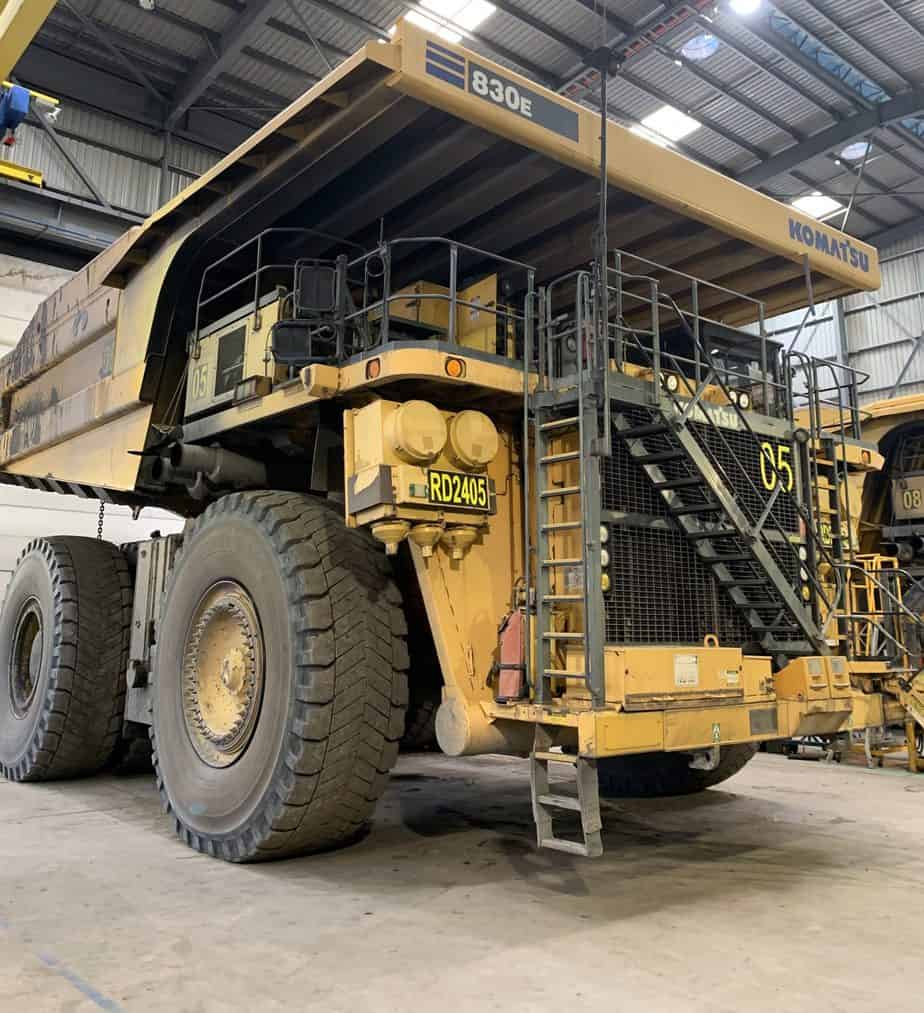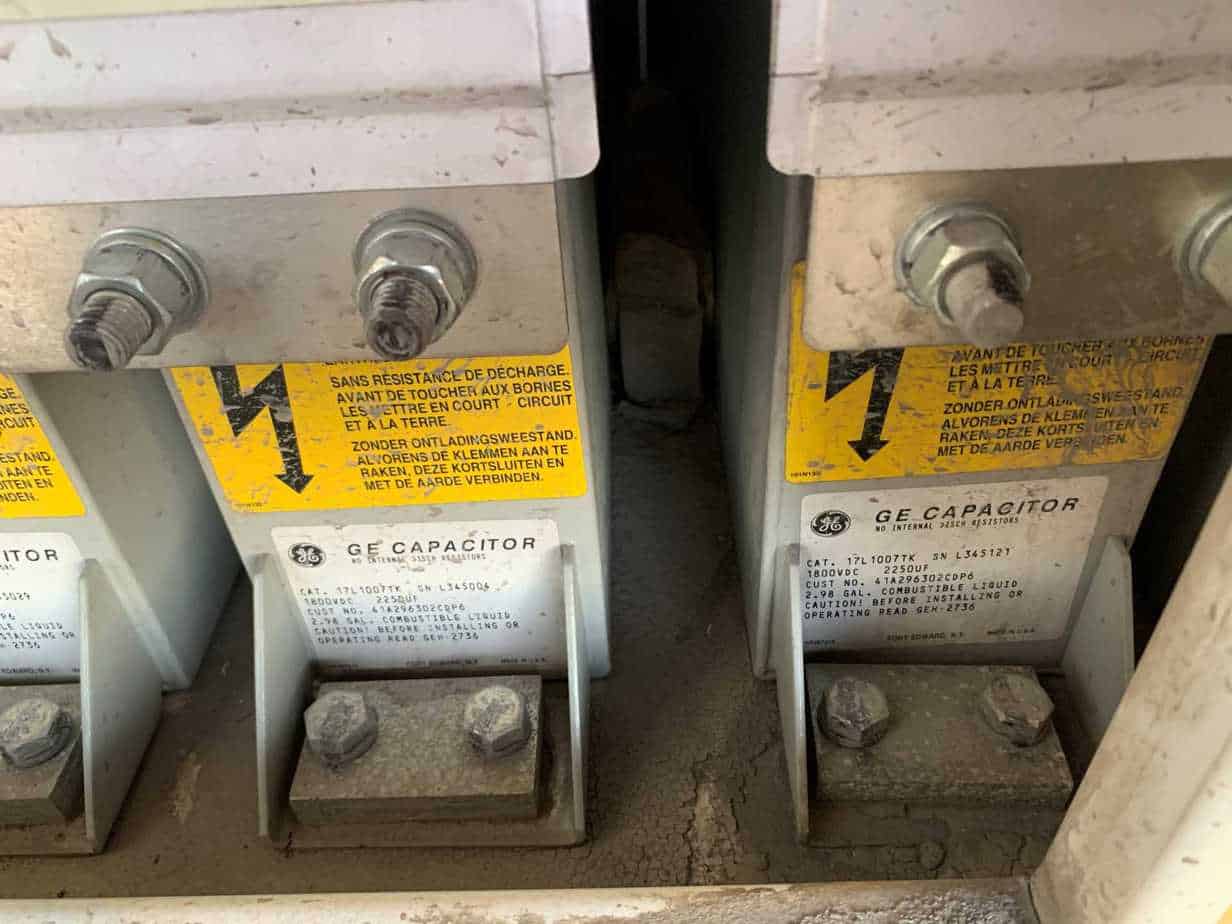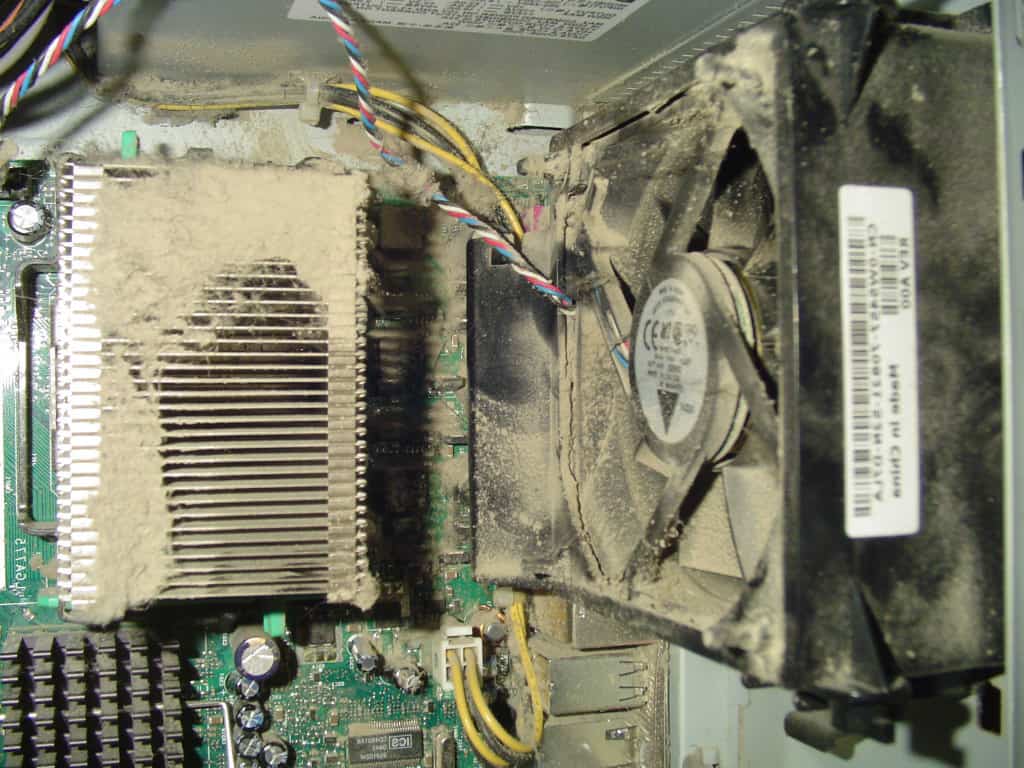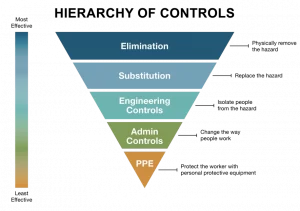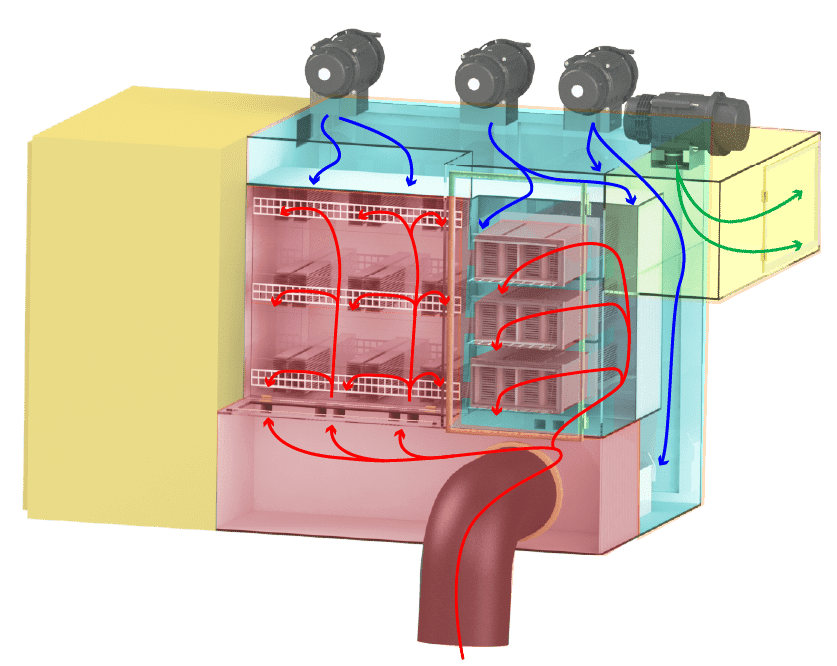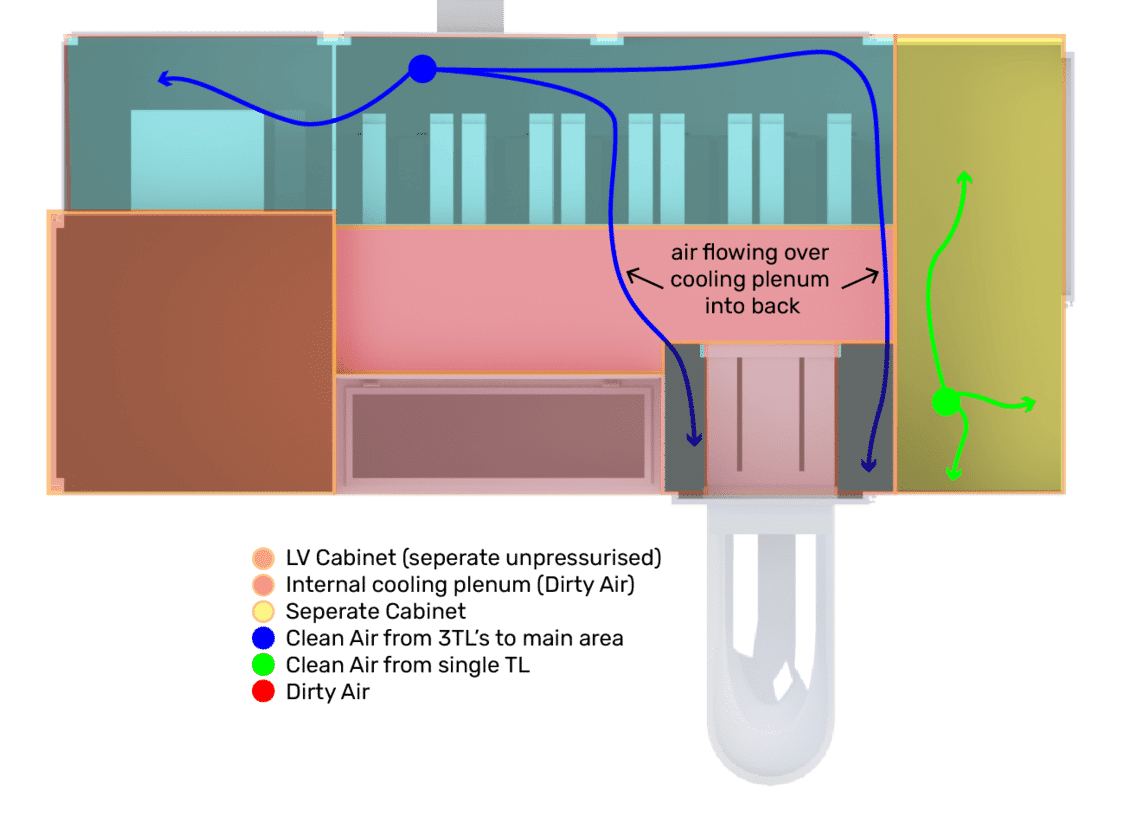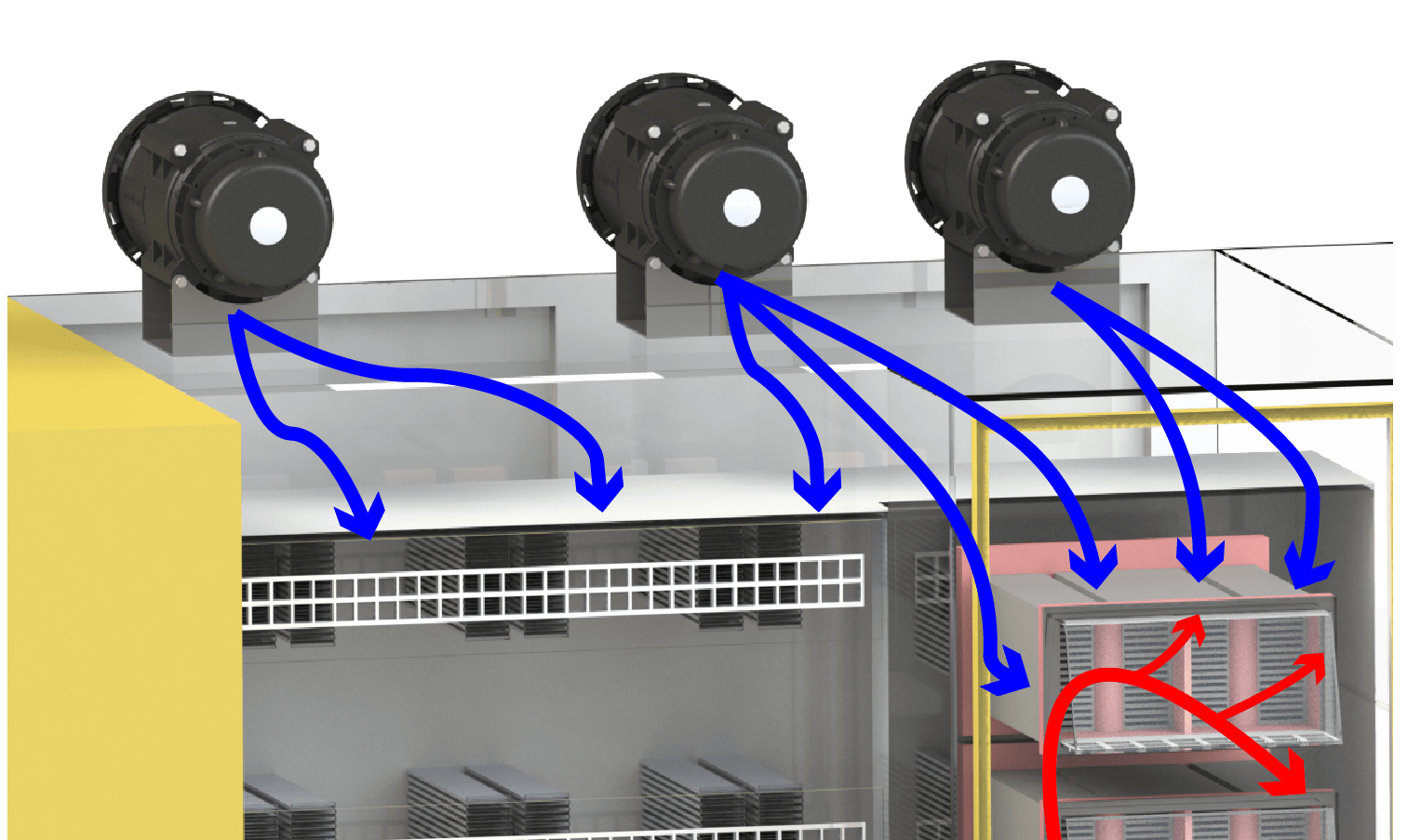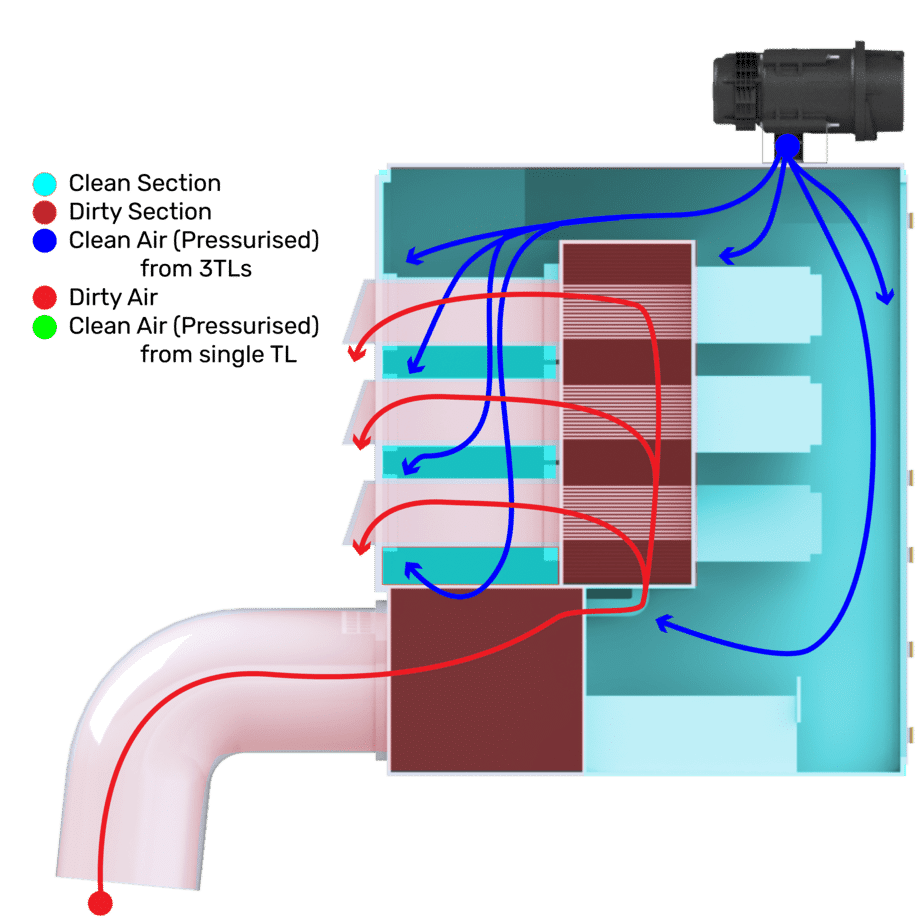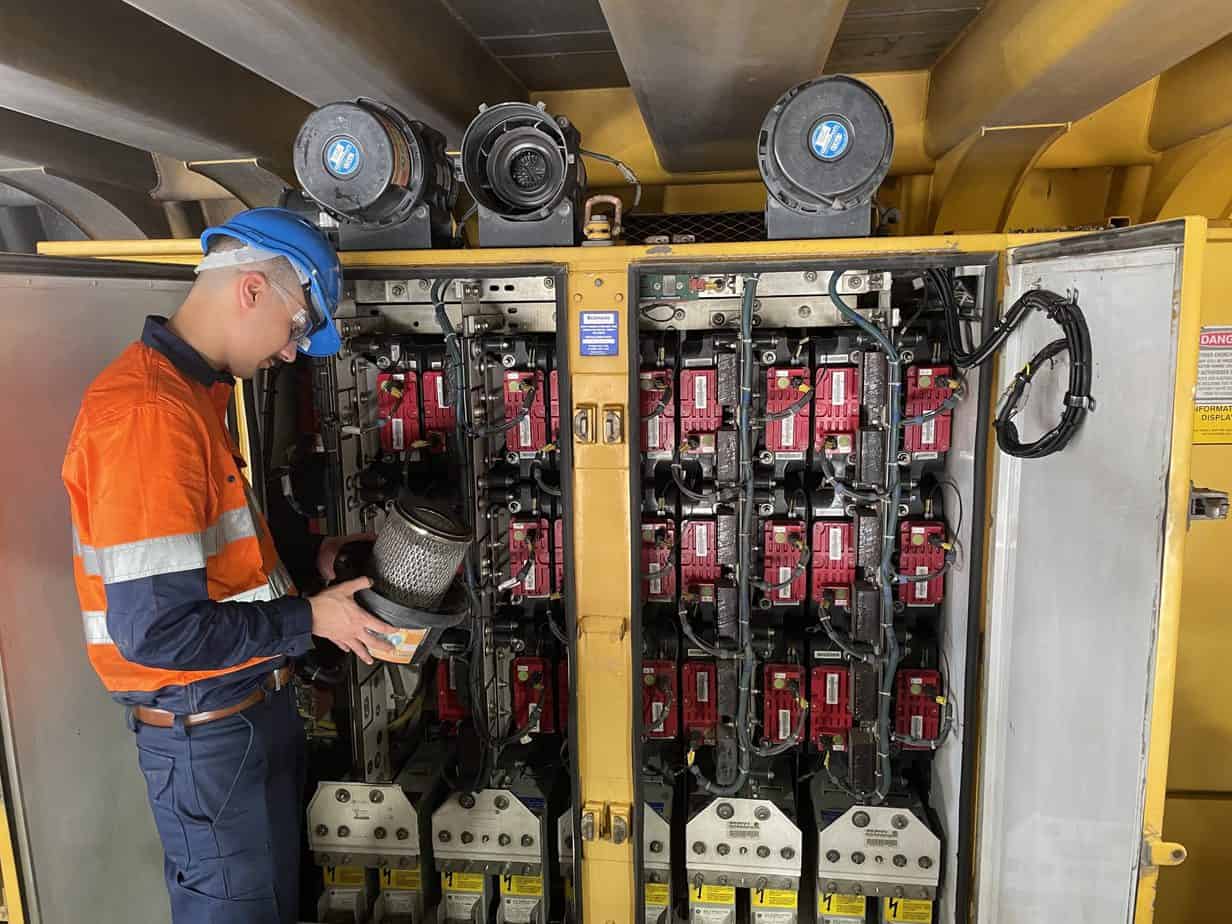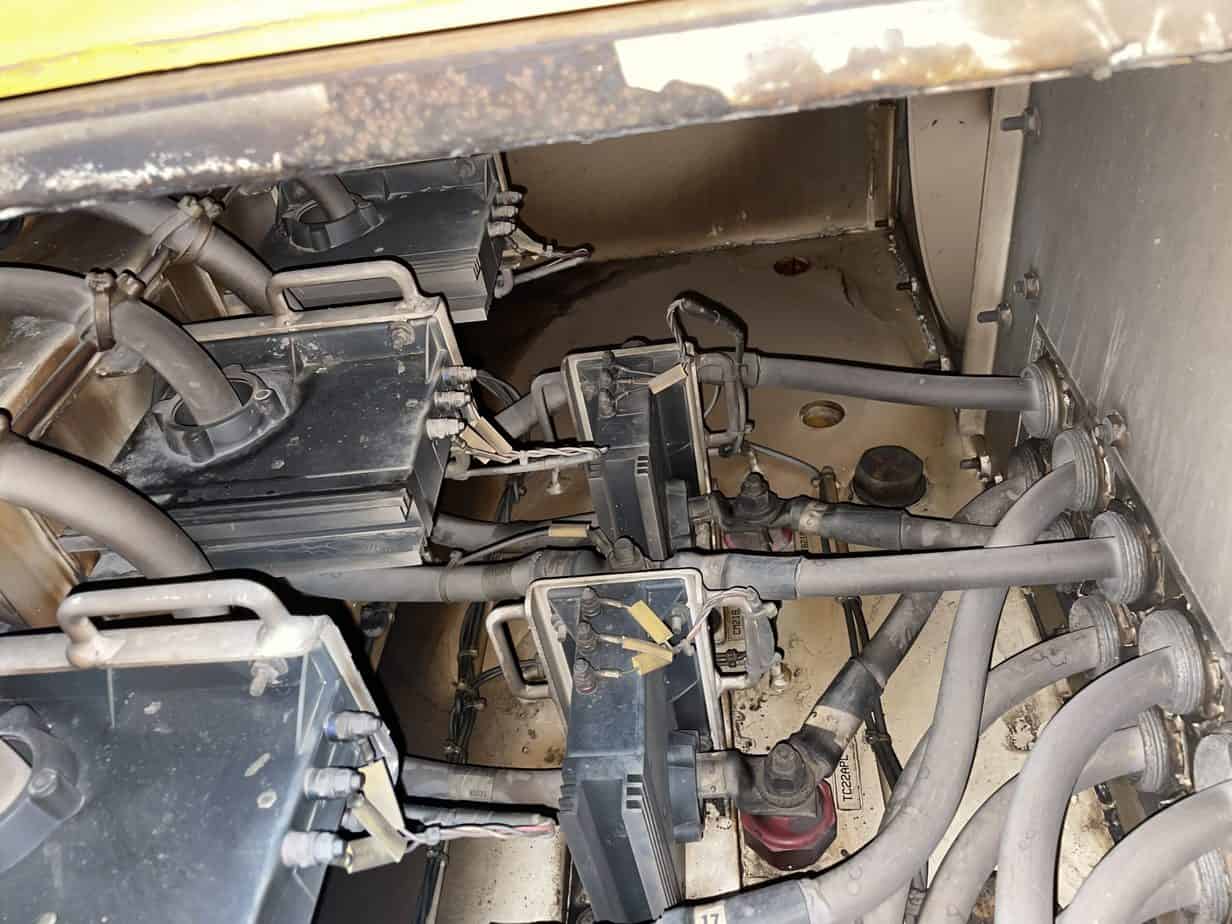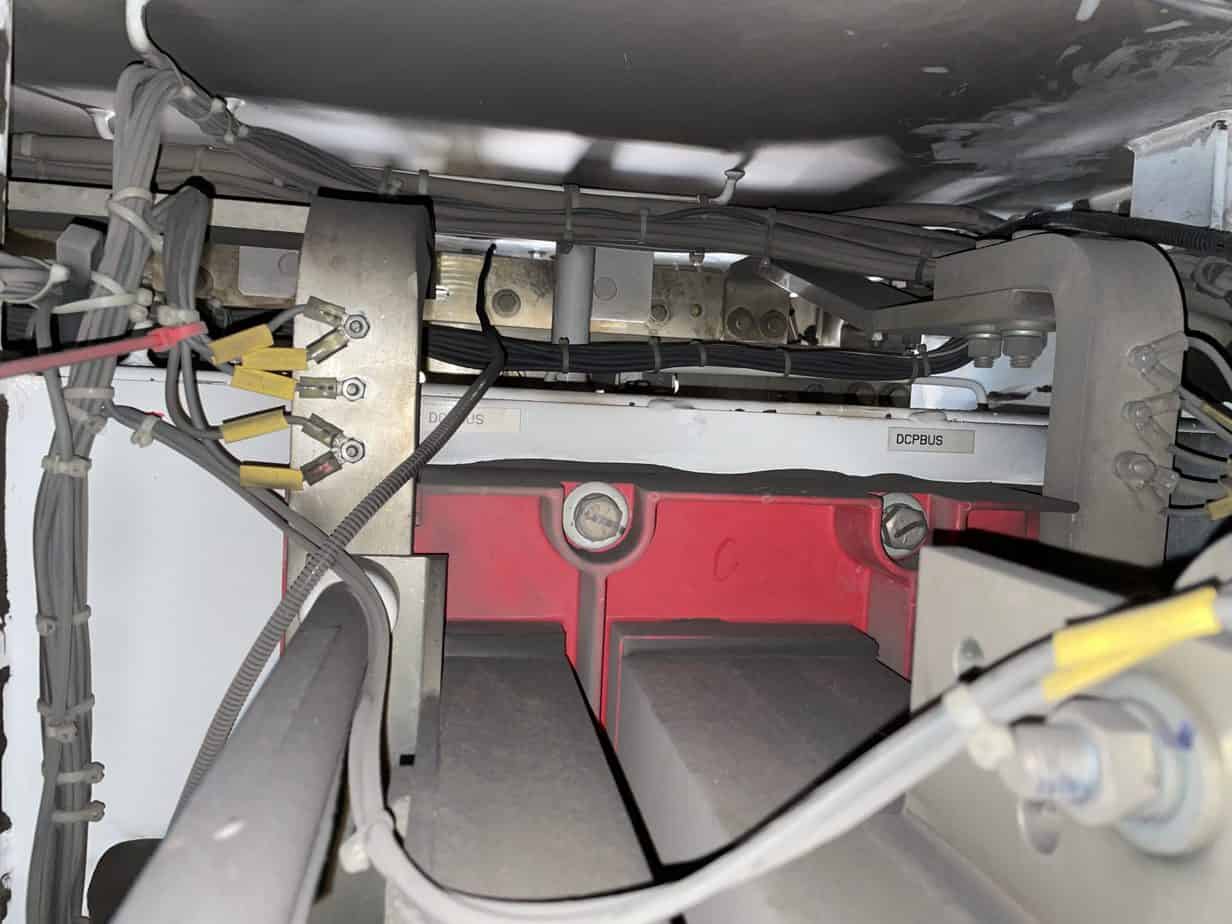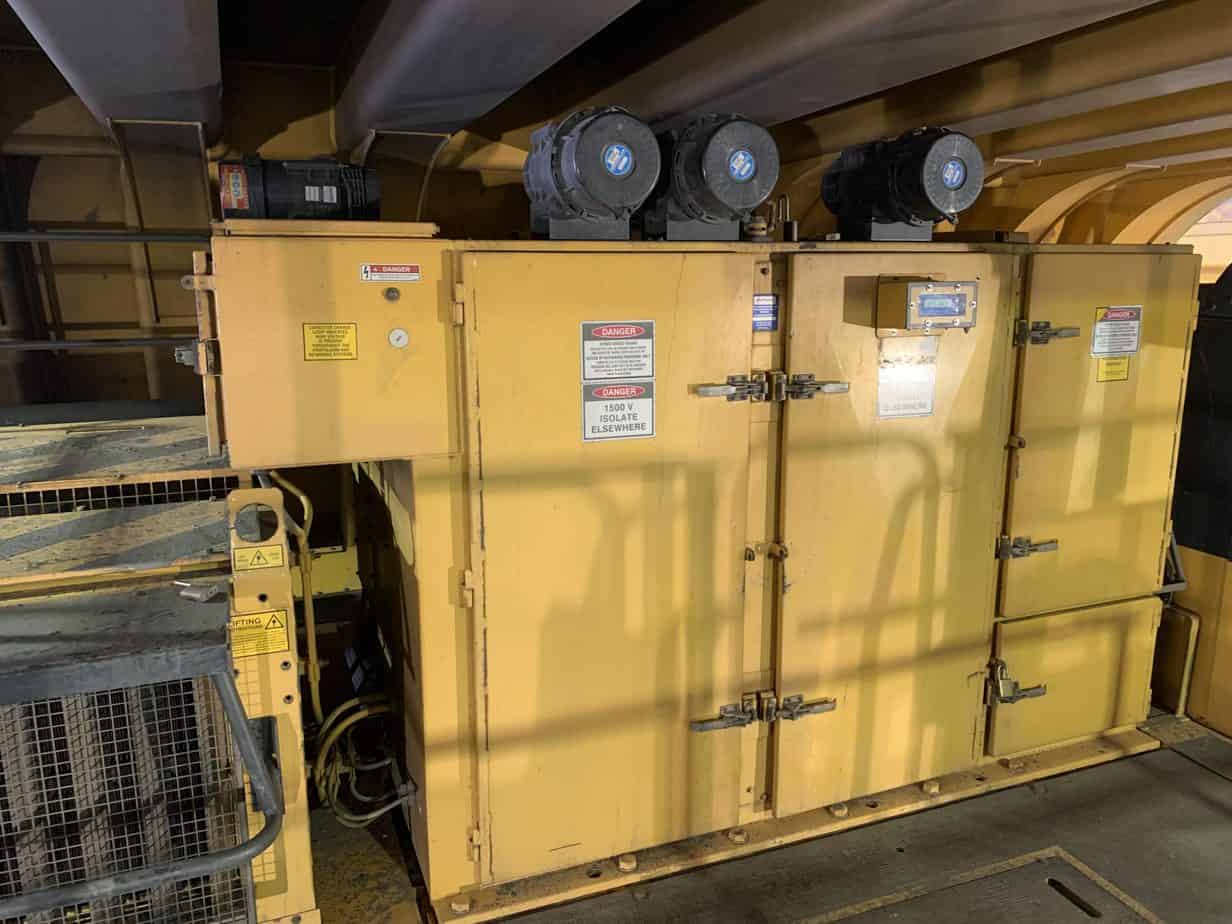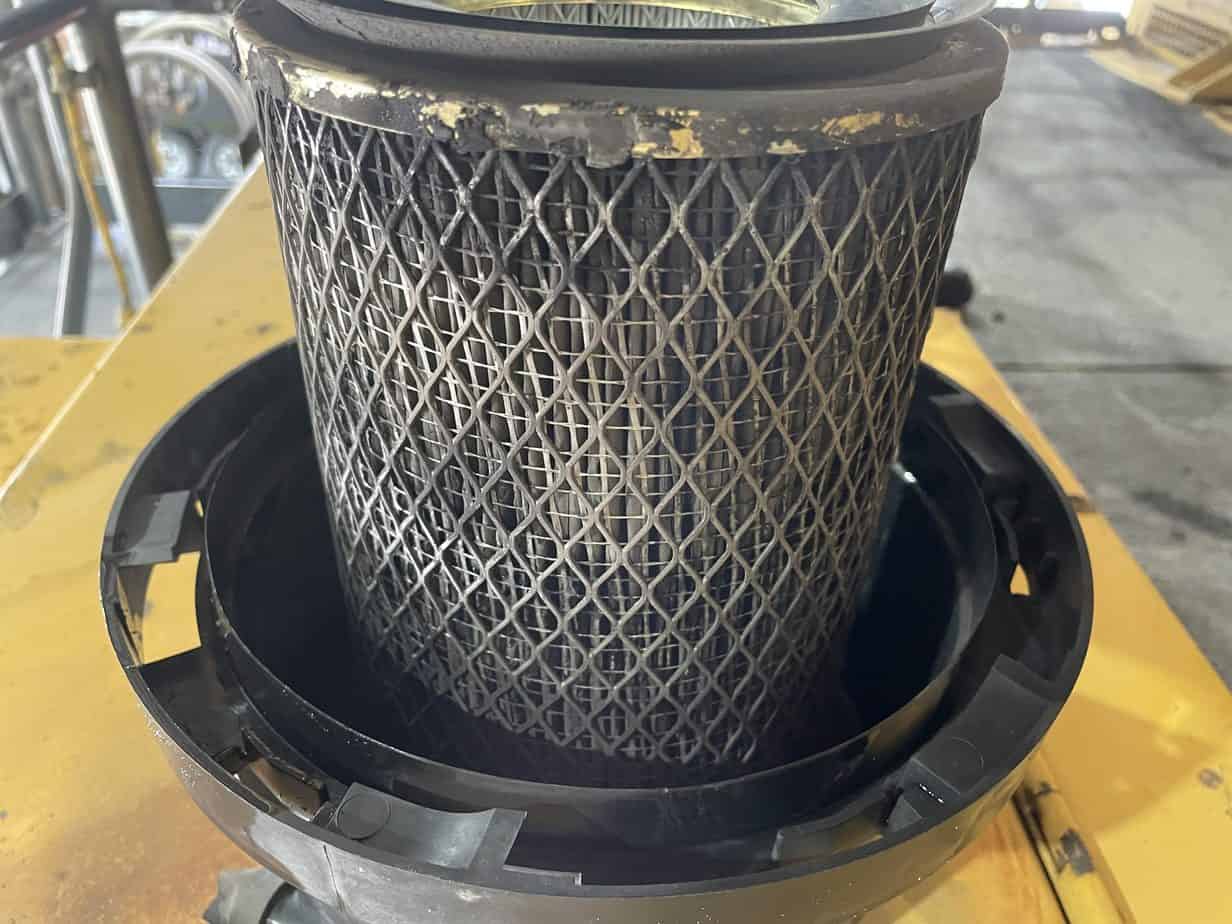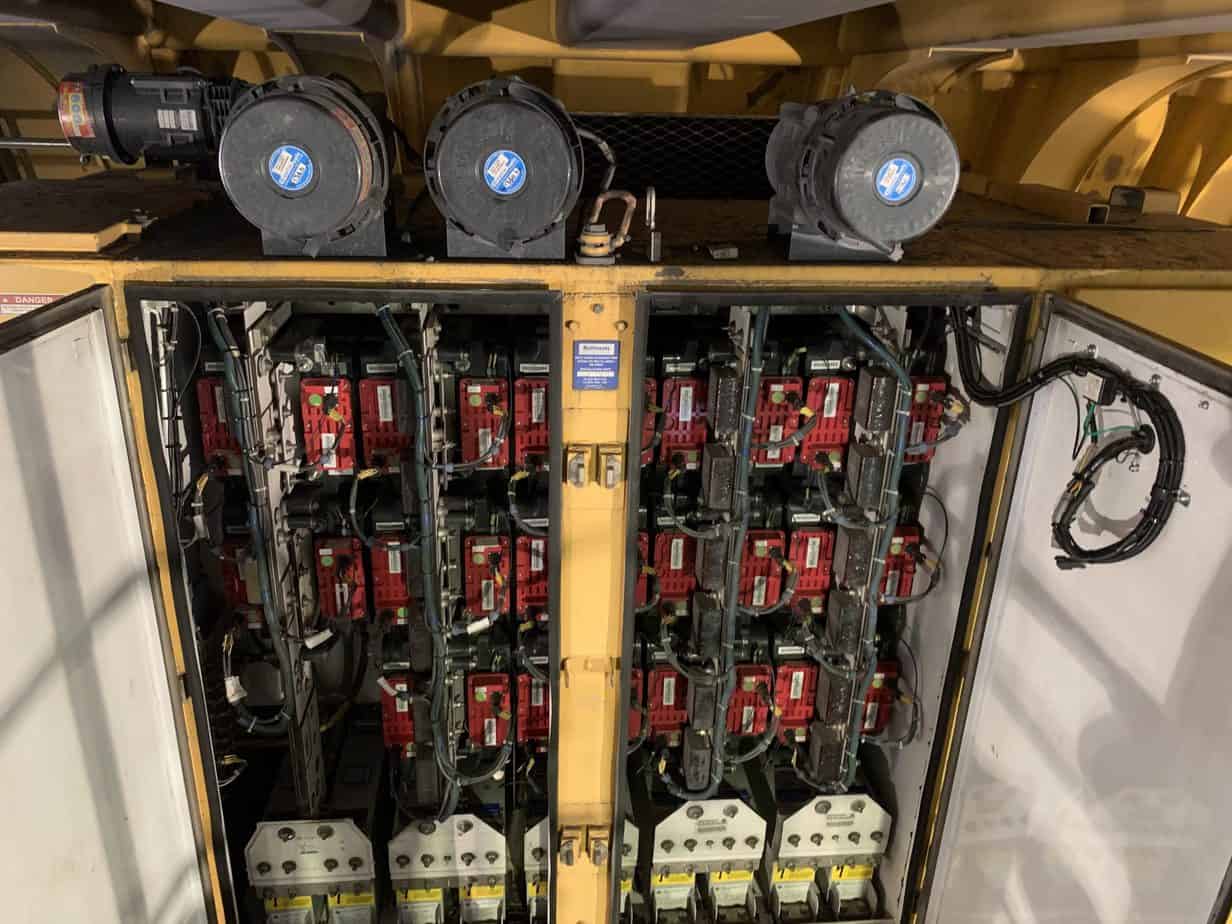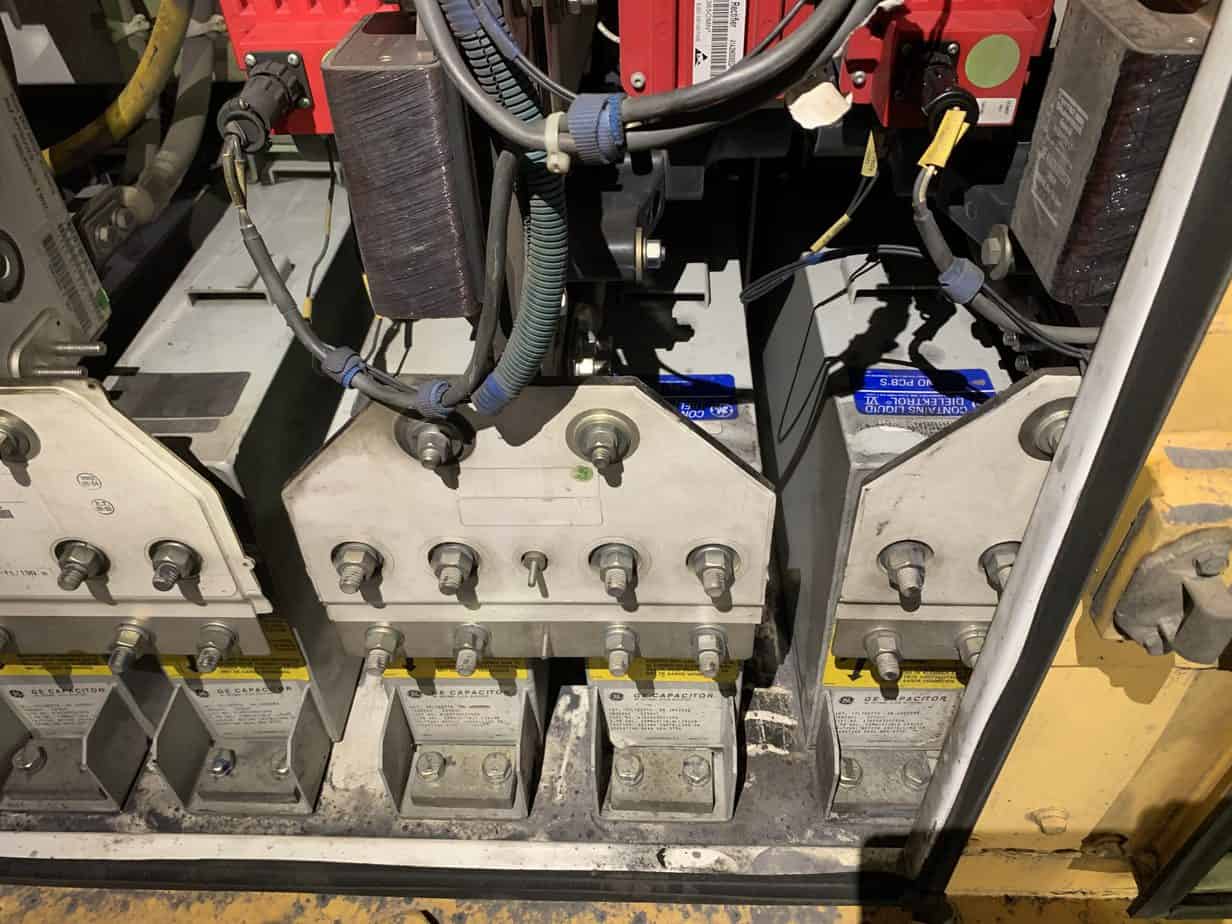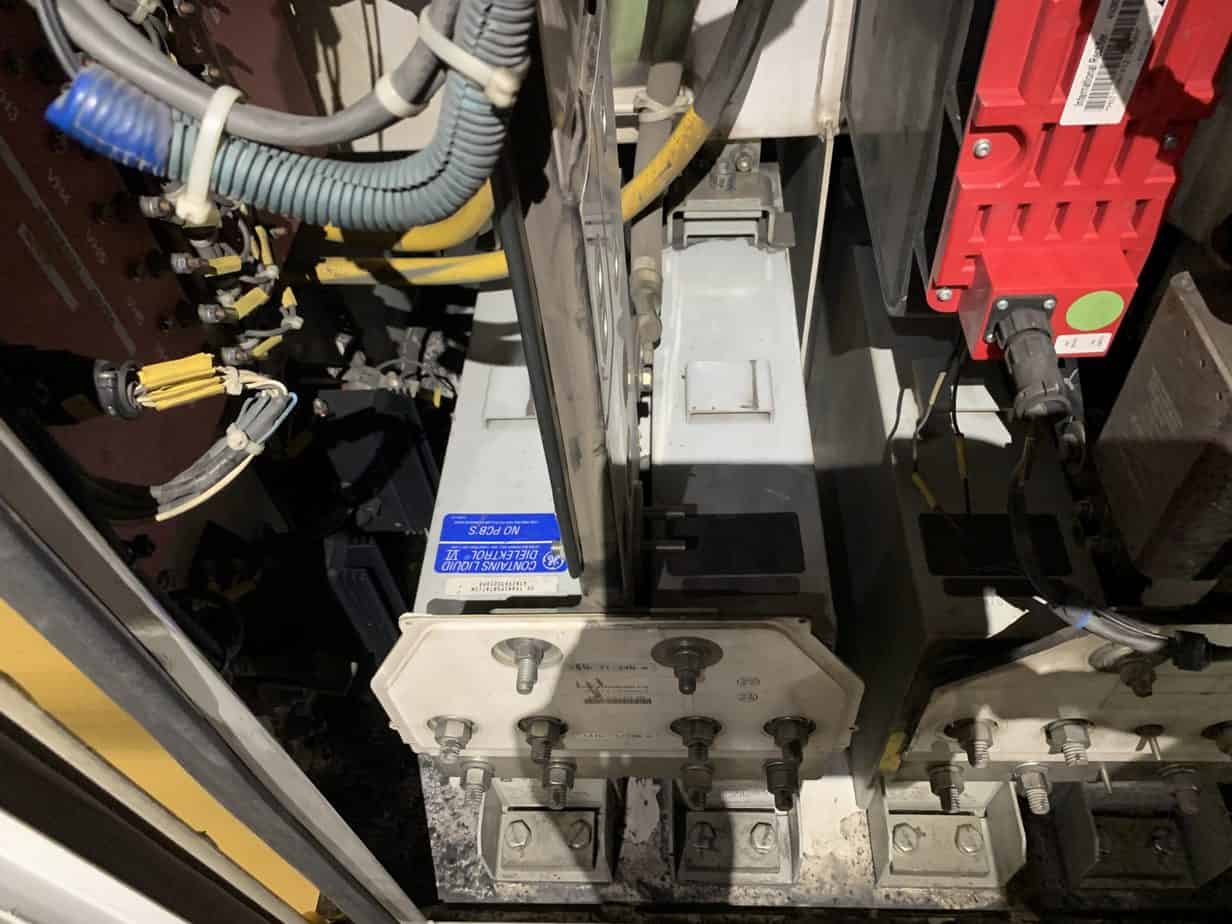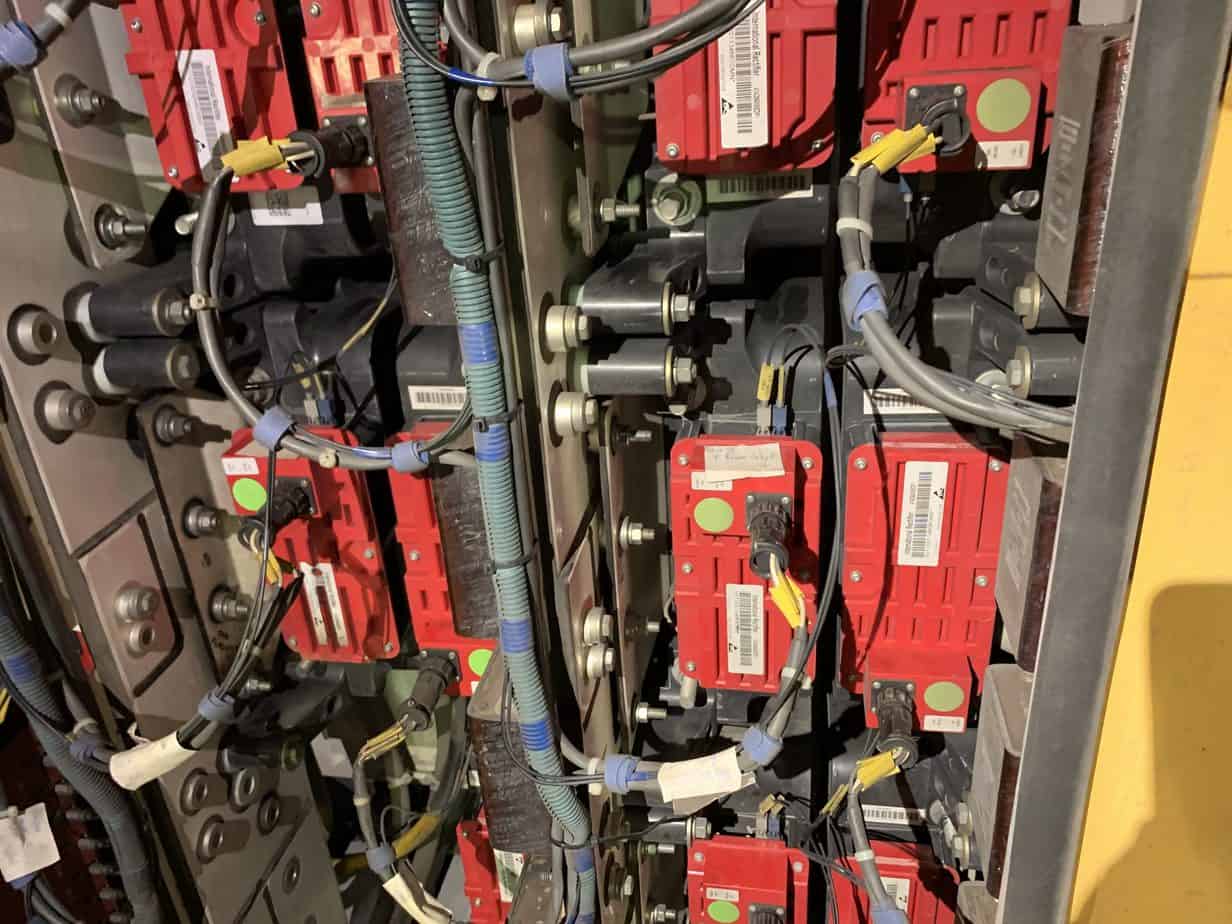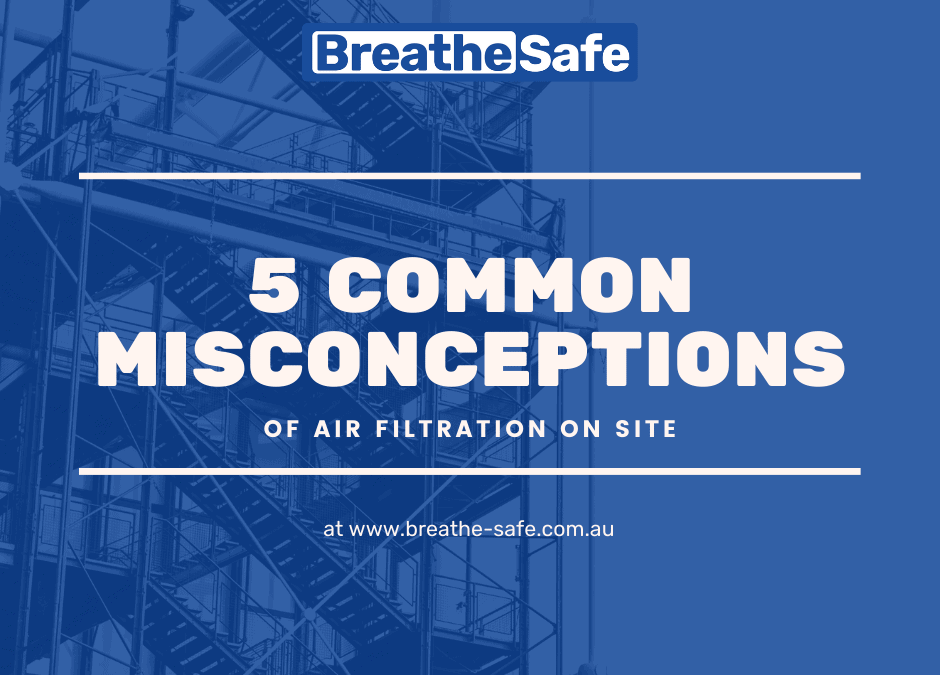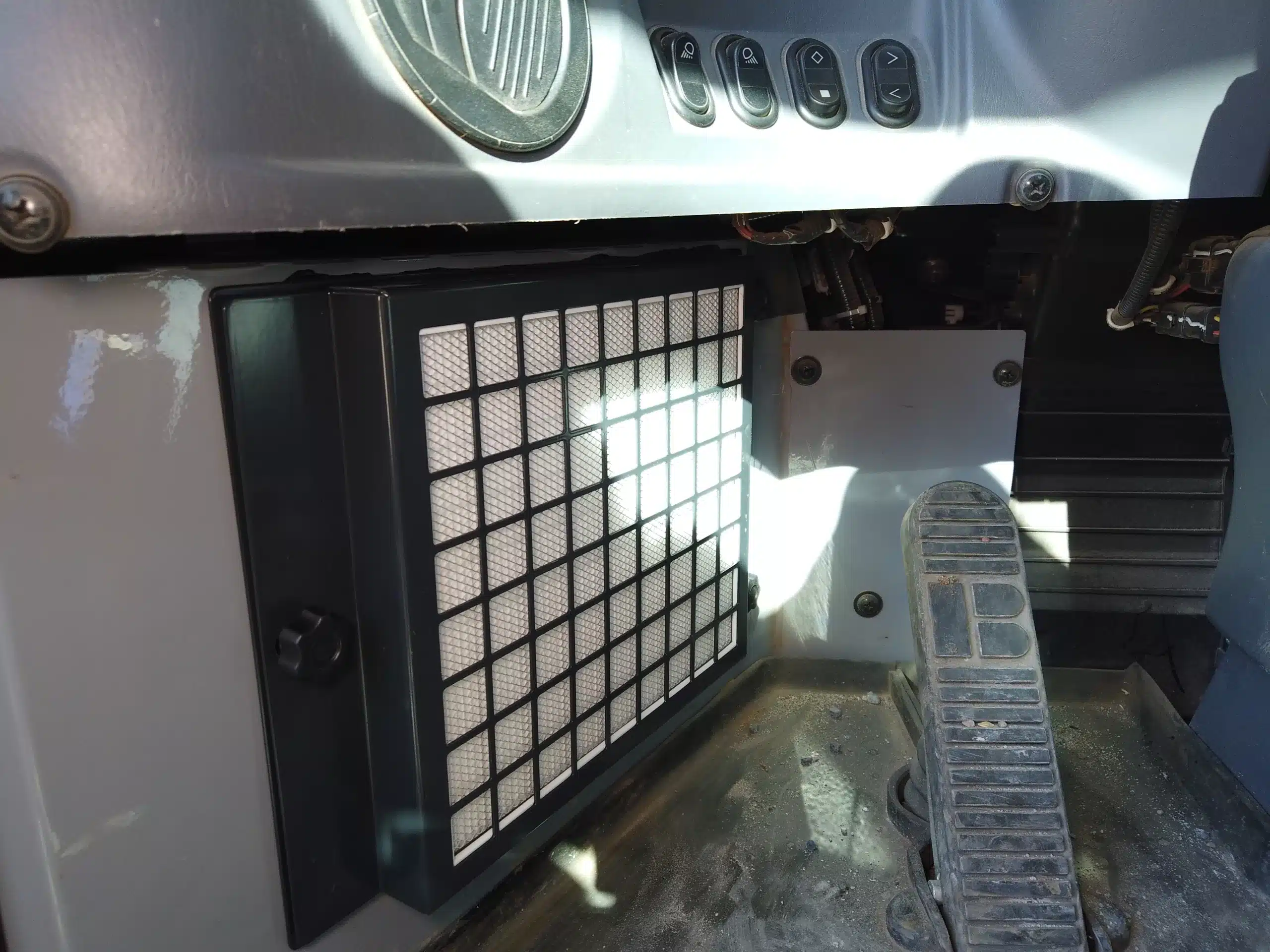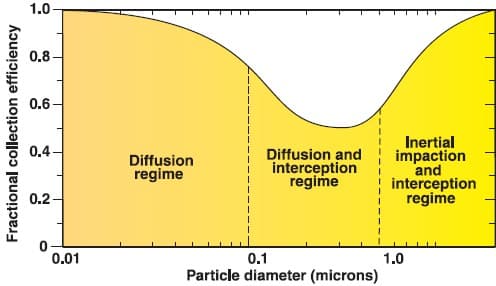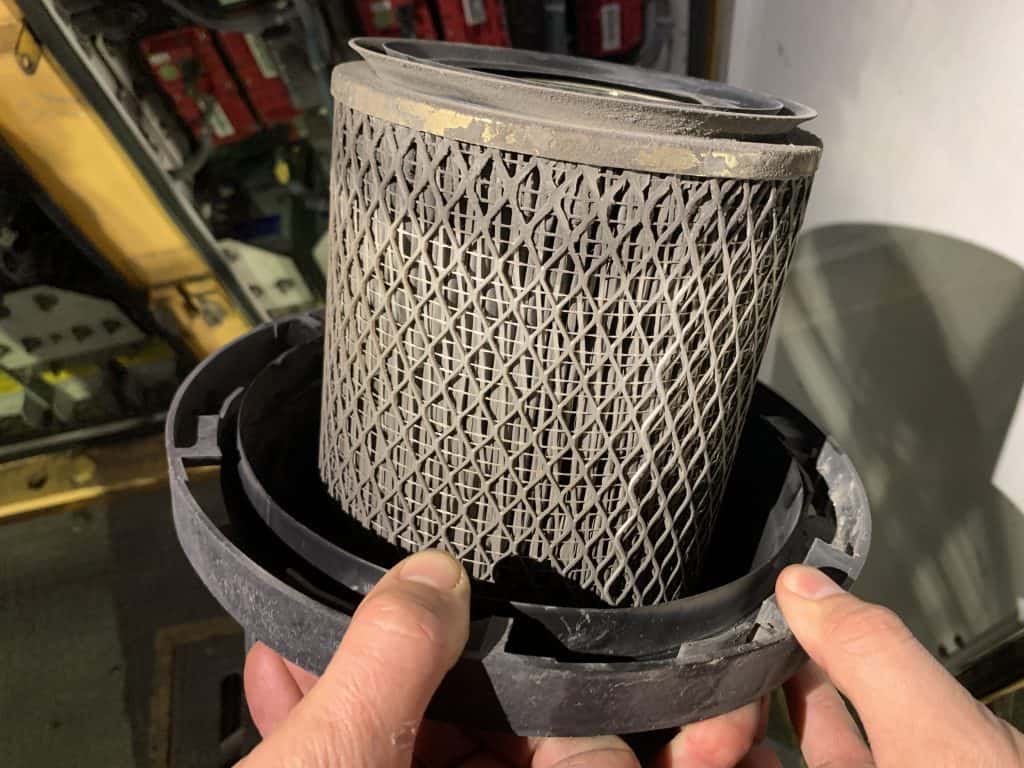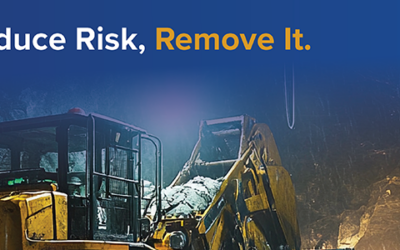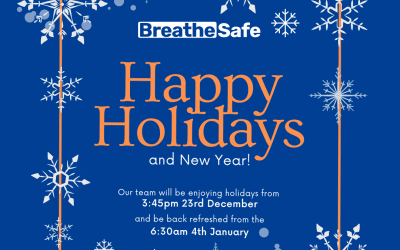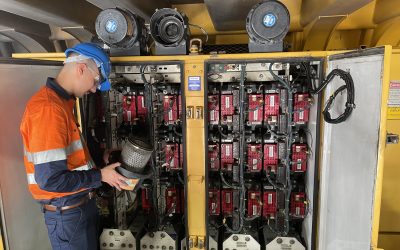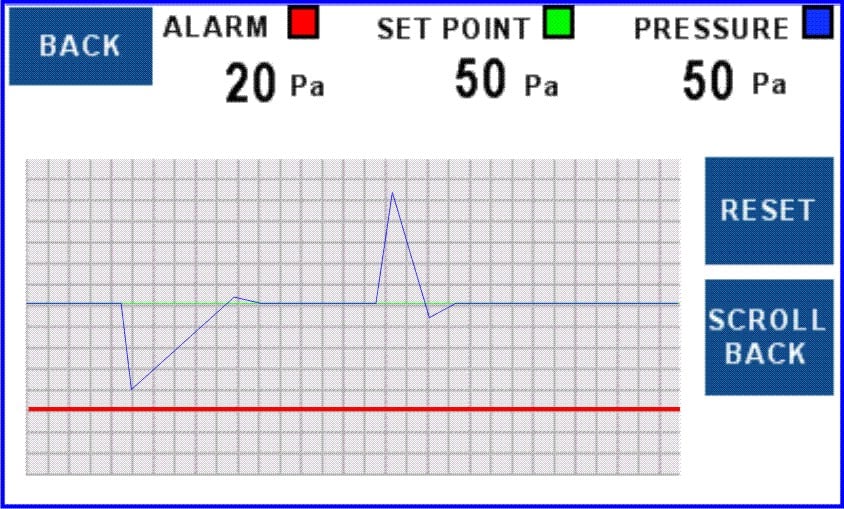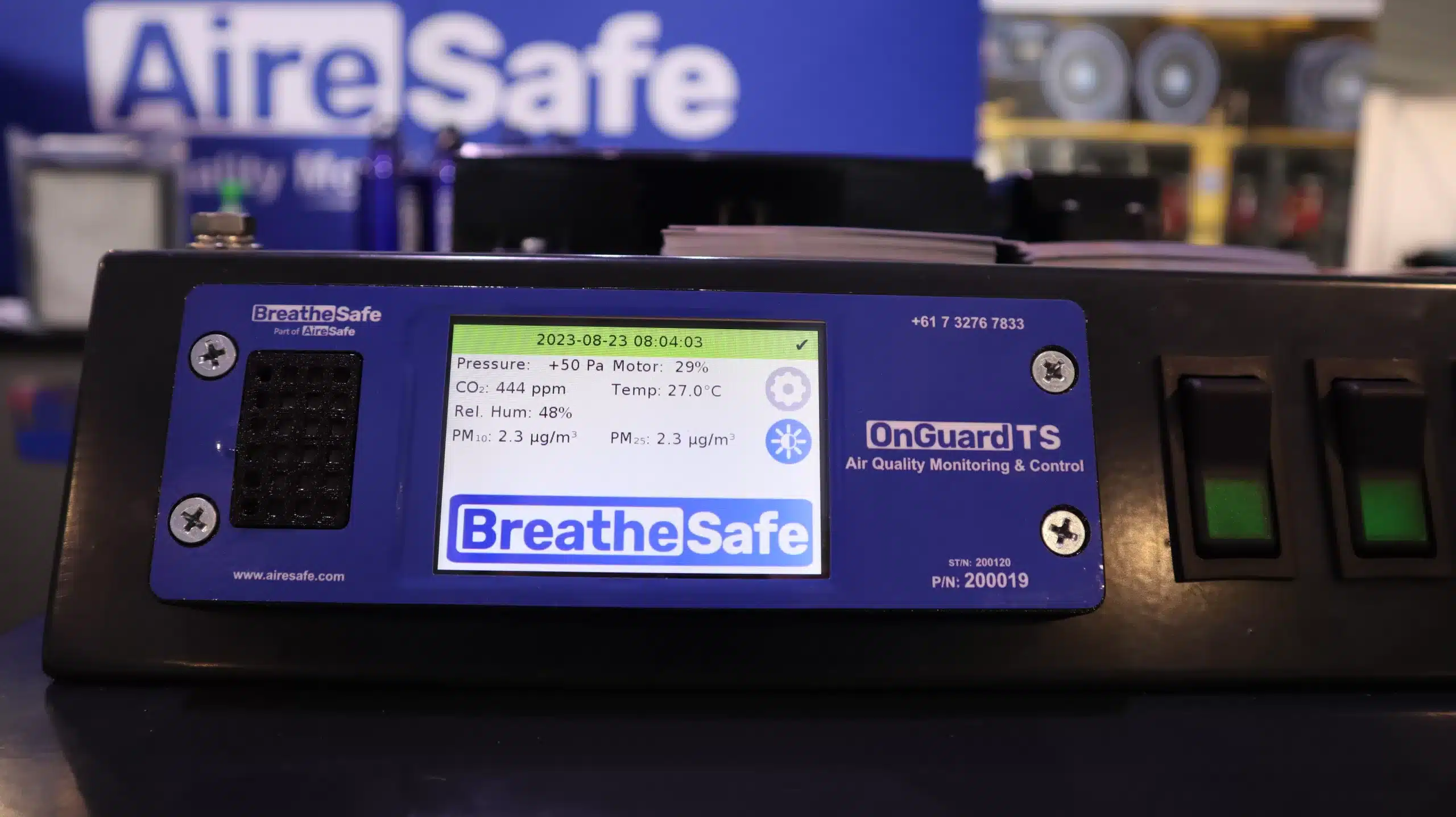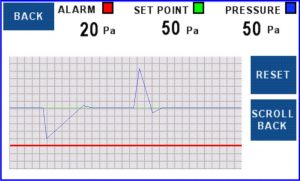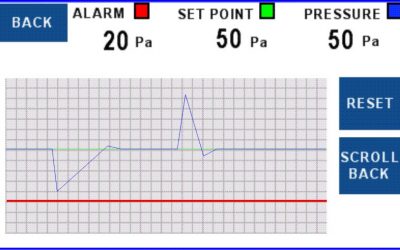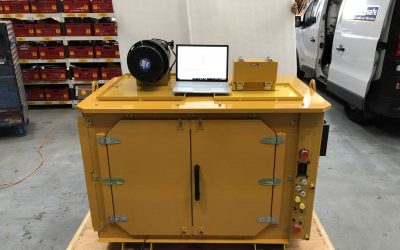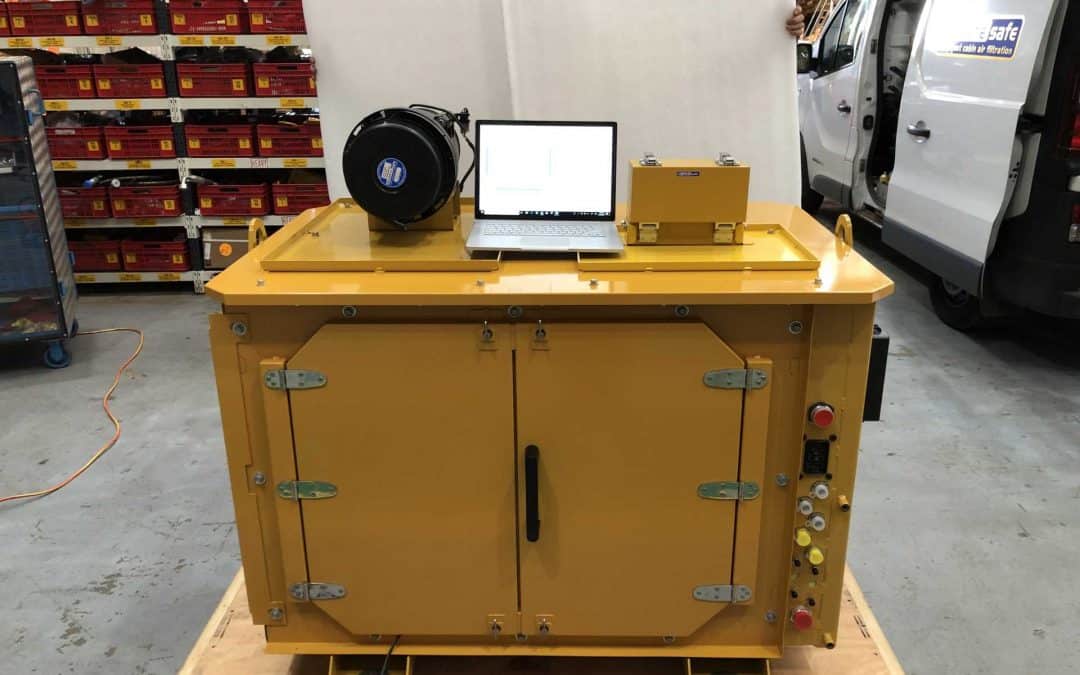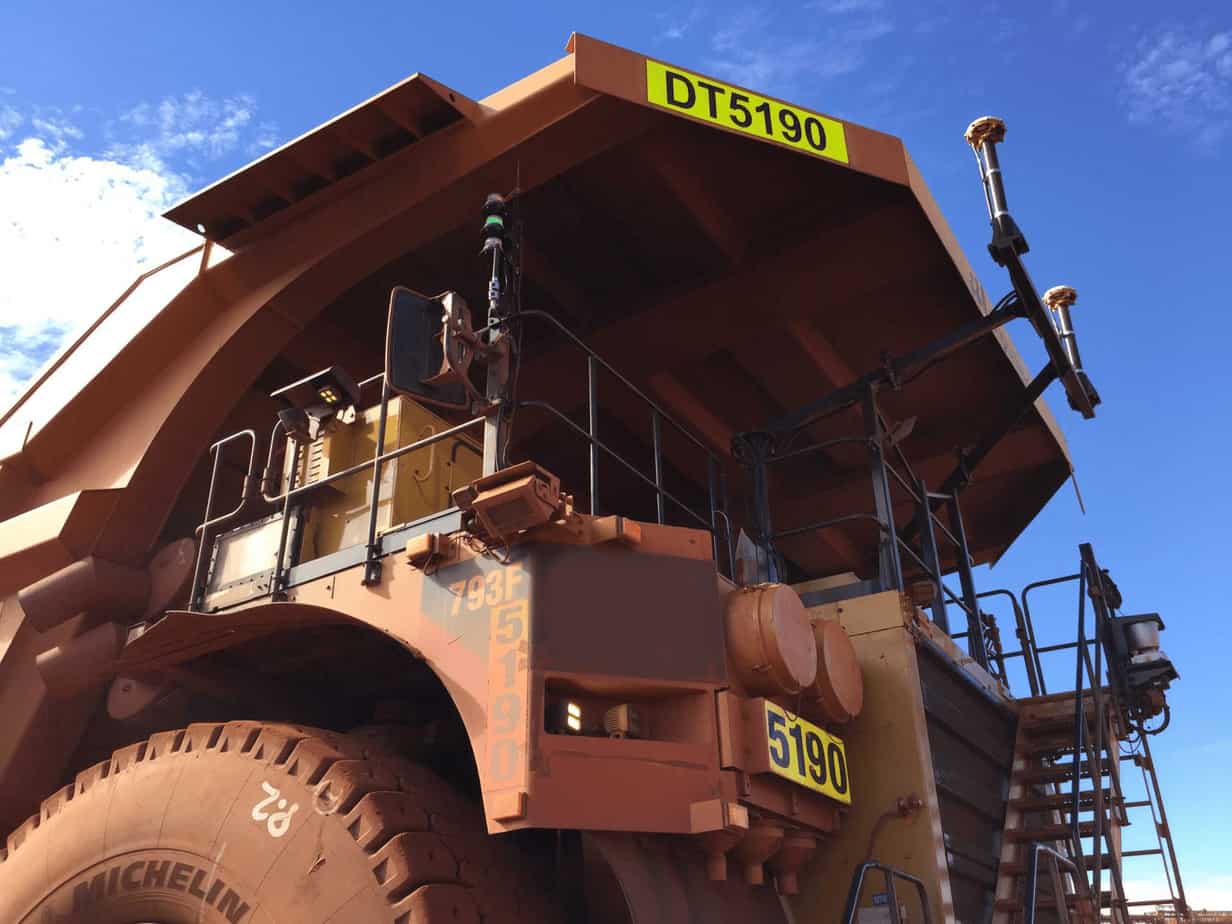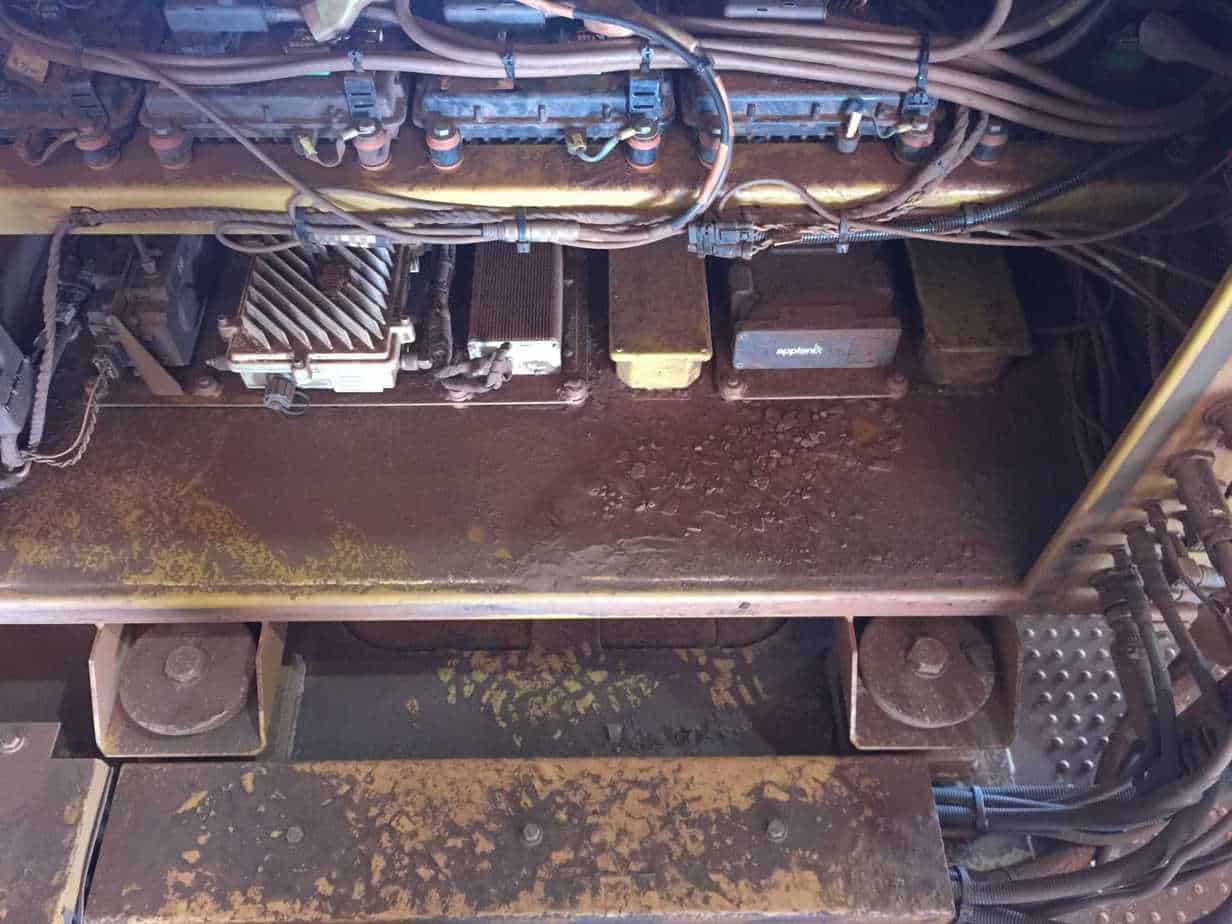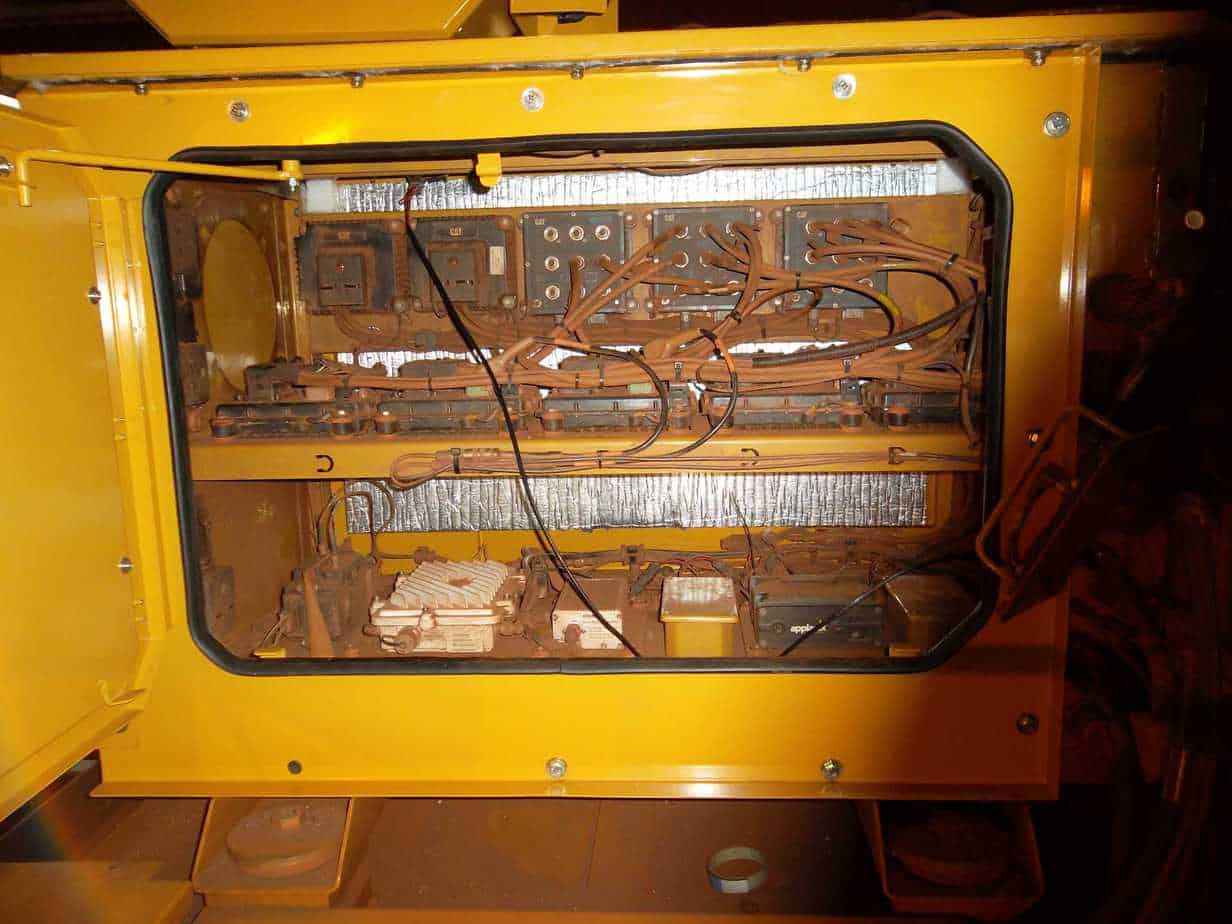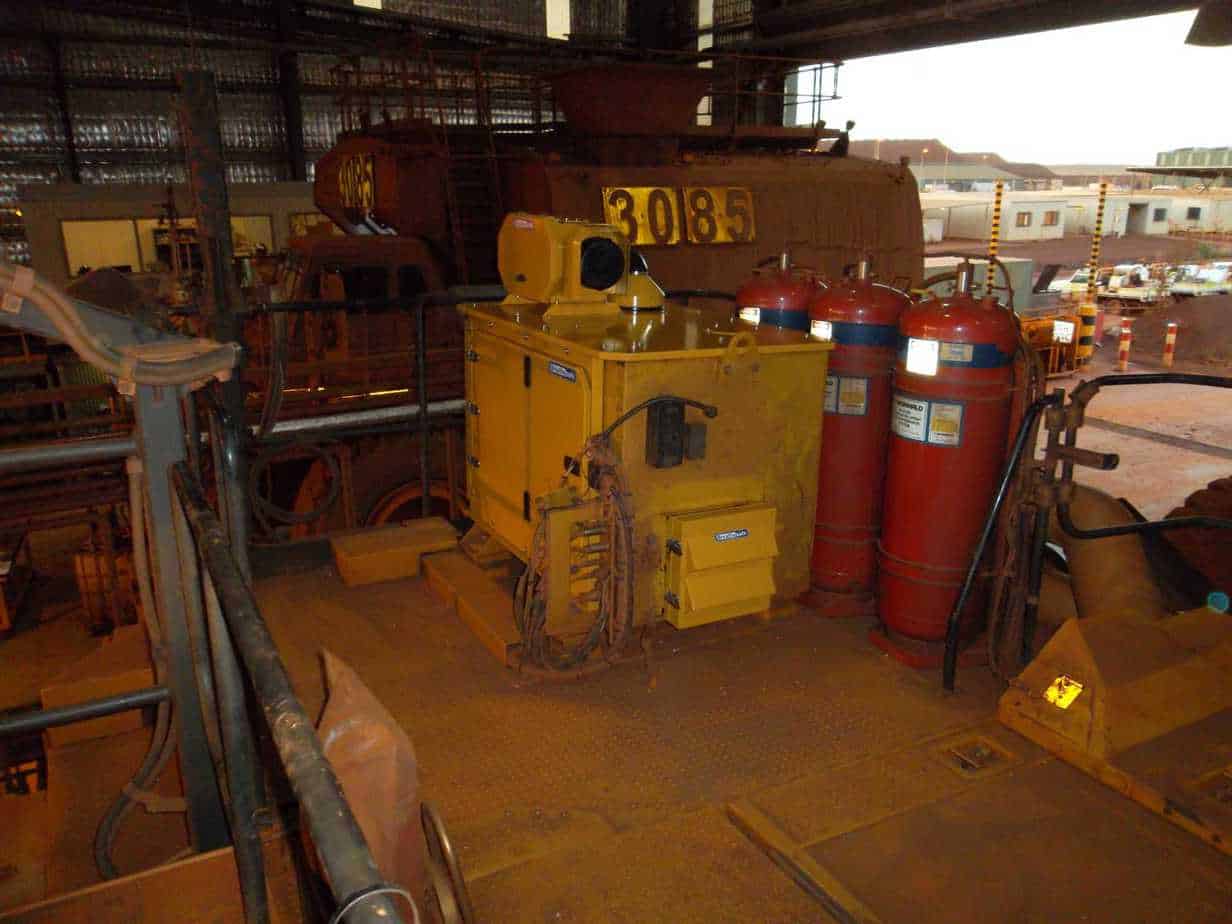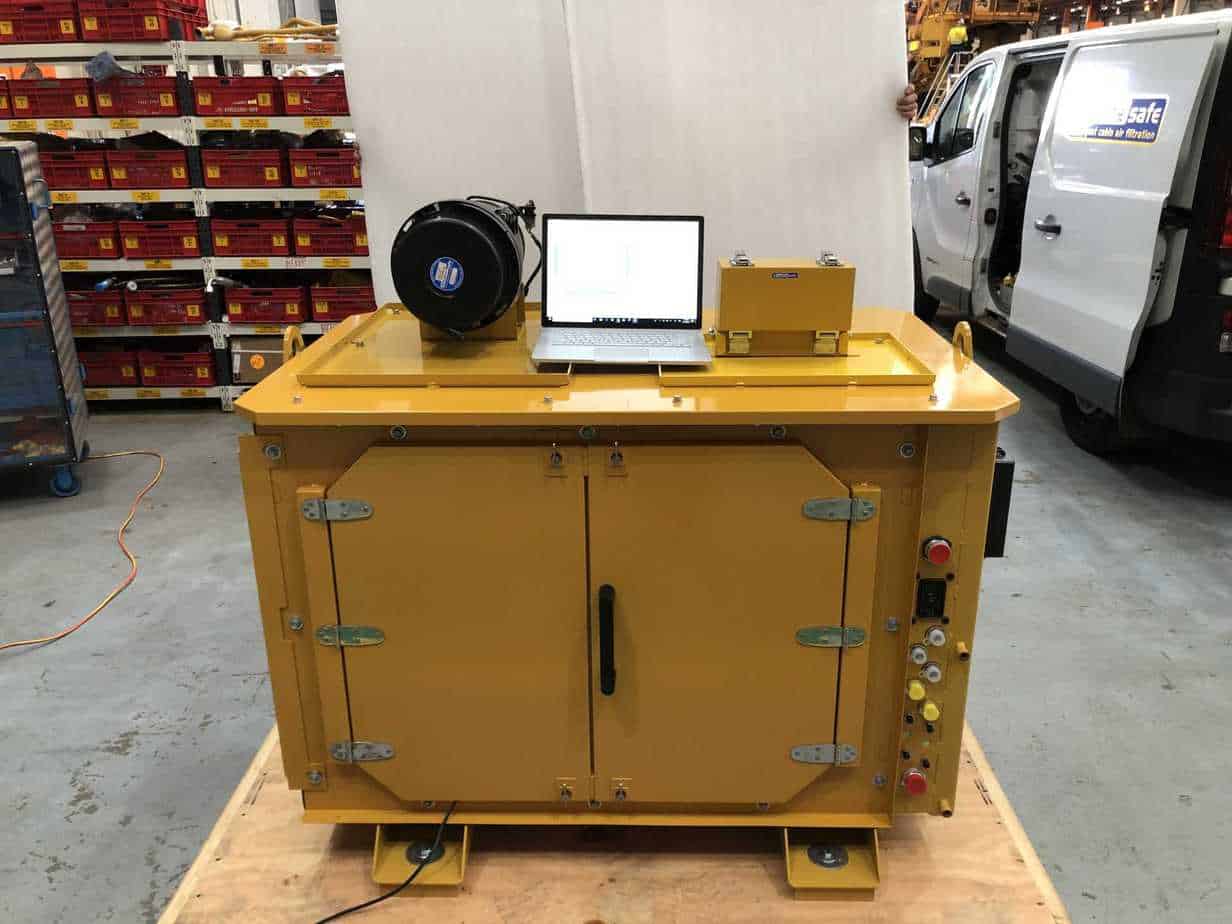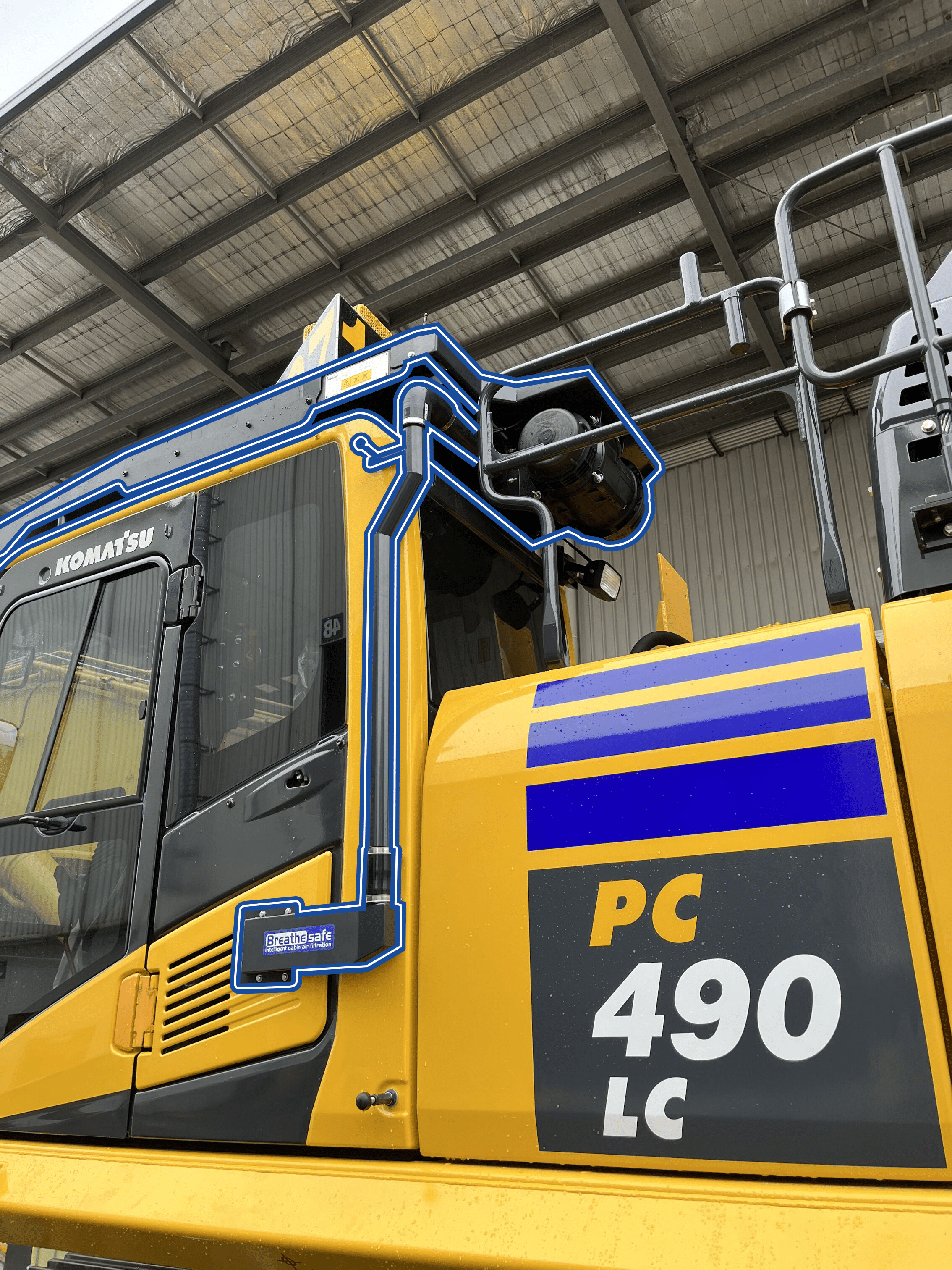As the Underground Operators Conference approaches, we caught up with Kelvin Wright, BreatheSafe’s...
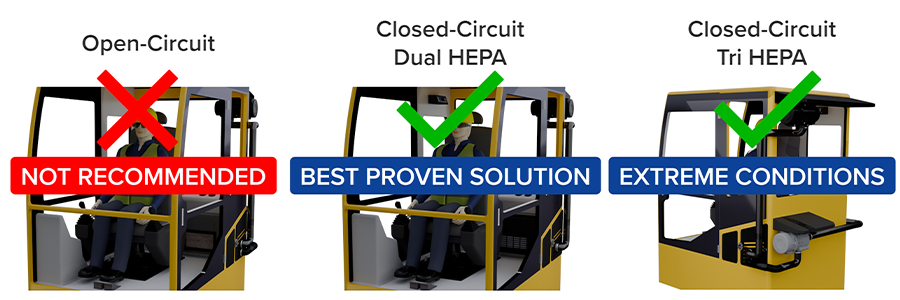
Comparing Cabin Filtration Systems: What is the BEST?
Comparing Cabin Filtration Systems: What is the BEST?

In high-risk industrial environments such as mining, tunnelling, construction, and heavy machinery operation, airborne contaminants like respirable dust, diesel particulates, and chemical vapours pose serious threats to operator health and safety. In such conditions, cabin filtration systems must go far beyond the basic requirements of HVAC.
This article explores the three common cabin filtration system types: Open Circuit, Closed-Circuit Dual HEPA, and Closed-Circuit Tri HEPA. It explains why only Closed-Circuit systems should be considered for effective cabin protection.
What Makes a Cabin Filtration System Effective?
An efficient cabin air filtration system must achieve more than particle removal inside the cabin. It must function as an integrated system that delivers:
✅ HEPA filtration (≥99.97% efficiency at 0.3 microns) for both fresh and recirculated air
✅ Closed-Circuit air filtration, ensuring all cabin air, both incoming and recirculating, is filtered
✅ Positive pressure maintenance to prevent unfiltered air from entering
✅ Sealed integration with HVAC systems to ensure air quality and operator comfort are not compromised
These are not optional features—they are the foundation of compliance, operator health, and operational uptime.
1. Open Circuit Filtration – Not Recommended
An open circuit filtration system relies on the OEM HVAC filter for recirculating air inside the cabin, which usually features a low-grade cabin filter, not capable of removing fine respirable particles.
This creates a partial protection scenario, where fresh air is filtered to HEPA standard, but recirculated air is not. In dusty environments, this results in the accumulation of contaminants inside the cabin, compromising air quality over time.
The image shows the recirculated air filter from a dozer.
❌ Recirculated air bypasses the OEM filter
❌ Unfiltered internal dust builds up and re-enters the breathing zone
❌ Operator exposure increases with time, even if fresh air is clean
❌ Not compliant in high-risk or regulated environments
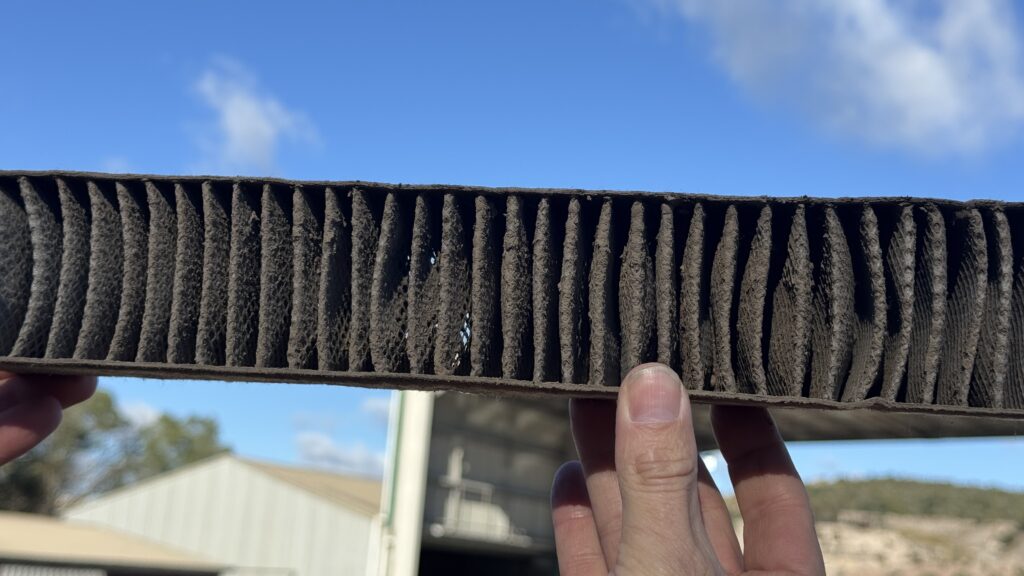
2. Closed-Circuit Dual HEPA Filtration
A closed circuit dual HEPA system filters both the incoming fresh air and the recirculated cabin air through independent HEPA filters. This creates a fully sealed, controlled environment where all air the operator breathes is continuously cleaned.
✅ HEPA filtration on all air pathways, fresh and recirculated air
✅ Dual HEPA stages improve system and filter longevity
✅ Maintains positive pressure to prevent ingress of contaminated air
✅ Continuously purifies internal air by scrubbing the cabin air
3. Closed-Circuit Tri HEPA Filtration
Tri HEPA systems take the closed-loop design further, using three stages of HEPA filtration to ensure maximum protection, longer filter life, and redundancy. Often paired with gas-phase filtration, CO₂ monitoring, and advanced sealing, these systems are built for critical-risk environments where safety is non-negotiable.
✅ Triple HEPA filtration layers reduce decay time
✅ Optimised filter loading, extends the recirculation filter’s life
✅ Proven best for extreme dust working environments
Choosing the Right Cabin Filtration System
| System Type | Fresh Air | Recirculated Air | Recommended for Air Filtration System? |
|---|---|---|---|
| Open Circuit | ✅ Yes | ❌ No (uses OEM low-grade filter) | ❌ Not recommended for any condition |
| Closed-Circuit Dual HEPA | ✅ Yes (HEPA H14) | ✅ Yes (HEPA H13) | ✅ Yes (for most conditions) |
| Closed-Circuit Tri HEPA | ✅ Yes (HEPA H14) | ✅ Yes (HEPA H13 & H14) | ✅ Yes (for extreme conditions) |

Final Thoughts
The effectiveness of a cabin filtration system is not just in what it filters—but in how completely it isolates and treats the air within the operator’s breathing space. Systems that filter only the incoming air while neglecting recirculated air are inherently flawed, especially in environments where fine particulate or toxic exposure is constant.
For any serious industrial application, Closed-Circuit HEPA filtration—dual or tri-stage—is not just recommended, it is essential. Don’t leave operator health and compliance up to chance. If your current setup still relies on Open Circuit design, it’s time to reassess.
BreatheSafe offers engineered solutions tailored to real-world conditions, ensuring that every breath your operator takes is as clean as possible.
Additional Resource
How BreatheSafe replaces OEM filters to deliver superior operator protection.

